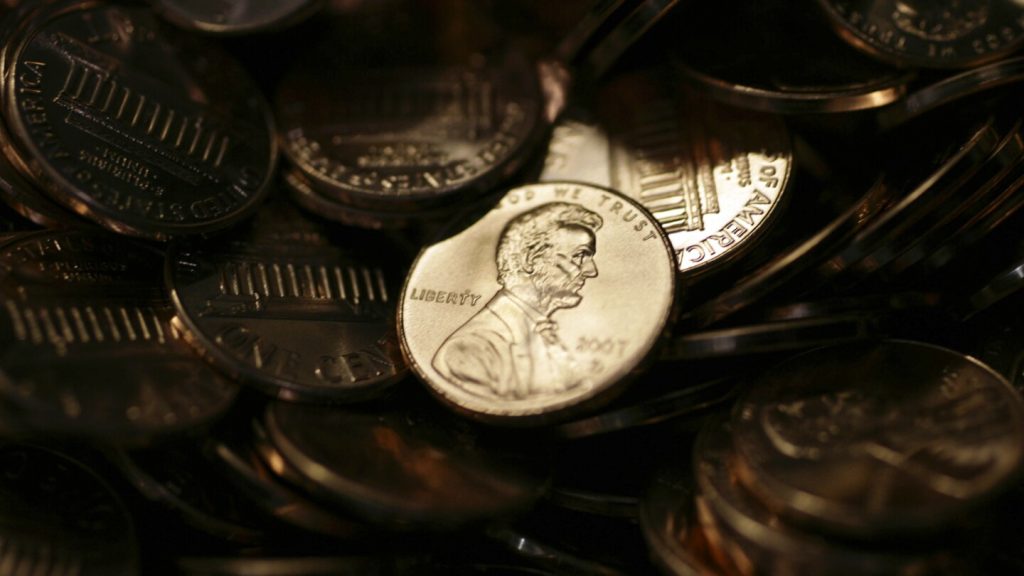The Potential Demise of the Penny: A New Era for U.S. Currency
In a surprise move that has sparked widespread debate, President Donald Trump announced on Sunday that he has instructed his administration to halt the production of the one-cent coin, commonly known as the penny. This decision marks a significant shift in the nation’s financial landscape, as the penny has been a staple of American currency for over a century. While the move has drawn both support and criticism, it raises important questions about the utility, cost, and cultural significance of the penny in modern times.
Do We Still Need the Penny?
Advocates for eliminating the penny argue that its practical value has diminished significantly over the years. With the rising costs of production, the U.S. Mint currently spends nearly four cents to produce a single penny, making it a financial burden. Moreover, the penny’s utility in everyday transactions hasDeclined, as digital payments and rounding to the nearest nickel or dime have become common practices. Supporters of the penny, however, point to its role in charity drives and its lower production costs compared to other coins, such as the nickel, which costs almost 14 cents to mint.
Can Trump Unilaterally End Penny Production?
The question of whether President Trump has the authority to halt penny production without Congressional approval has been a focal point of the discussion. According to legal scholars, including Harvard University’s Laurence H. Tribe, the U.S. Treasury Secretary has the legal authority to determine the number of coins to be minted, as per U.S. code. This means that if Treasury Secretary Scott Bessent decides that zero pennies are needed, the administration is within its rights to cease production. While Congress could make this decision permanent through legislation, past efforts to retire the penny have failed, largely due to opposition from the American zinc lobby, as pennies are primarily made of zinc.
The Penny’s Place in History and Circulation
Despite its ubiquity, the penny’s actual presence in active circulation is less clear-cut. The U.S. Mint produced 3.2 billion pennies last year, making it the most common coin in production. However, many of these pennies end up in jars, piggy banks, or forgotten drawers, rather than being used in everyday transactions. Jeff Gore, an MIT professor and founder of Citizens to Retire the Penny, estimates that over 250 billion pennies have been minted in the past three decades, but many fall out of circulation quickly. This raises the question: if pennies are no longer in active use, can they truly be considered part of the nation’s currency?
Lessons from Abroad: Life Without the Penny
The U.S. is not the first country to consider retiring its lowest-denomination coin. Canada, New Zealand, Australia, and several European nations have already phased out their equivalent of the penny. In Canada, for instance, the government encouraged businesses to round prices to the nearest nickel for cash transactions, while electronic purchases continued to be billed to the nearest cent. These countries have not experienced significant disruptions since making the change, suggesting that the U.S. could adapt to a penny-less economy without major issues. In fact, Canada has even begun recycling old pennies for their valuable metals, such as copper and zinc.
What’s Next for the Penny?
President Trump’s announcement, made during his departure from New Orleans after watching the first half of the Super Bowl, was part of a broader effort to cut government waste. In a social media post, Trump emphasized the need to eliminate unnecessary expenses, even if it’s “a penny at a time.” While the details of the plan are still unclear, the decision to stop minting pennies could be the first step toward a more streamlined currency system. As the nation debates the penny’s future, one thing is certain: this decision will have far-reaching implications for the way Americans think about money and the role of currency in their daily lives.












